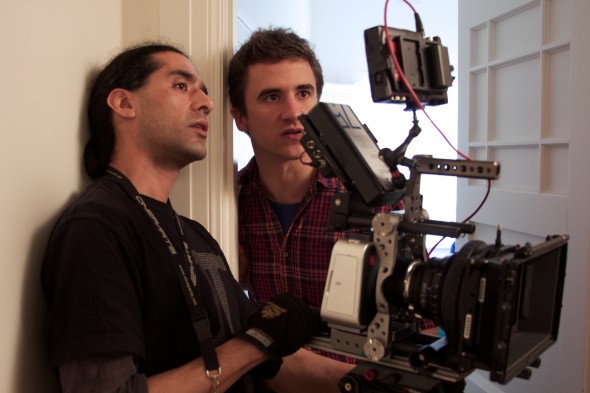
This is probably going to be a fairly long blog post, so let’s just start with my personal conclusion in regards to the Blackmagic Cinema Camera:
- The camera is built like a brick – very solid.
- It’s super easy to use – anyone who can operate an iPhone can operate this camera.
- This is NOT an RED Scarlet or Alexa replacement, but if you have a no-budget shoot, or if you need a decent “B Camera”, then this is a fantastic option. This camera is incredibly cheap for what it does – but at the end of the day you get what you pay for.
- Although there are a few things that can DEFINITELY be improved in the camera’s software, we were working with a pre-release camera with slightly out-dated firmware, and yet it performed perfectly, and had all the basic features you need to get the job done.
- We’ve pre-ordered a camera – but mainly as a DSLR replacement, for behind the scenes footage, interviews, run-and-gun no-budget shoots, etc. We’ll continue to use rented cameras (i.e. EPIC’s and Alexa’s) for anything with a budget.
To give you some backstory… At the start of this year, we had the (in retrospect silly) idea to shoot a nice and simple short film on the first weekend of every month, mainly for fun. The plan was to give friends that have helped us out in the past the opportunity to write their own script, and direct or act in it if they wanted. The scripts needed to be really simple – as we needed to shoot the whole thing over a single weekend, with only the gear we could borrow off friends. The intention was to edit and finish them the by the end of the following weekend. We also planned to give friends the opportunity to “step up” into bigger crew positions – for example, we wanted to get people who normally work with us as camera assistants to jump on board as cinematographers.
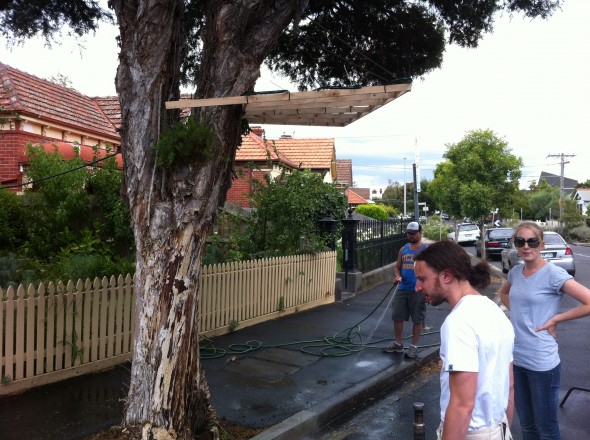
In typical LateNite style – what started out as a really simple idea, quickly blew out of proportion. LateNite director, Alistair Marks wrote the first script – which was very ambitious, especially for a two day shoot – as it had multiple locations, multiple animals, required a rain machine, and called for a LOT of visual effects. But rather than scrap the idea and do something simpler – we decided to just run with it, and see what happens. It was a really fun shoot – with the incredible Caitlin Dooley (a long time friend and collaborator) behind the camera. We’ve worked with Caithlin on many, many shoots previously, but she’s always been focus puller or camera assistant, so it was so great to be able to see her work as the head of department! We shot everything on a Canon 5D, using whatever lights we could scrounge together (2 x 2K Fresnels, a Dedo kit and a ARRI Studio Cool 4-Bank). Jaime Snyder from Pocket Bonfire has recently finished cutting the short, and Michael Shanks is just about to begin visual effects on it later this week. What we had hoped to shoot and finish in two weekends, very quickly blew out to several months – mainly because we’ve been so busy with other things, which was actually good, because the whole reason we were doing this anyway was to just be constantly shooting things and improving our craft. As long as we were shooting something (even if it wasn’t part of the actual “film a month” concept) – that’s all that really mattered. So yes – it’s been a very busy year thus far!
Last weekend, we finally shot the 2nd short in the “film a month” series!
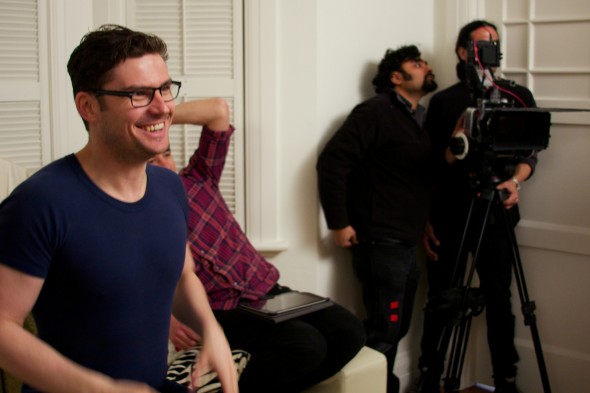
Peter Blackburn is the Programs Coordinator at 16th Street Acting Studios (which is where our office is based), and is a very talented writer – so we thought this would be a really great opportunity for him to try out directing a short film for the first time. He’s been involved in the film industry for a really long time – but has never taken the plunge into directing… until now! He came up with a fairly simple script (at least in terms of logistics) – all set in one location – a townhouse – with four actors.
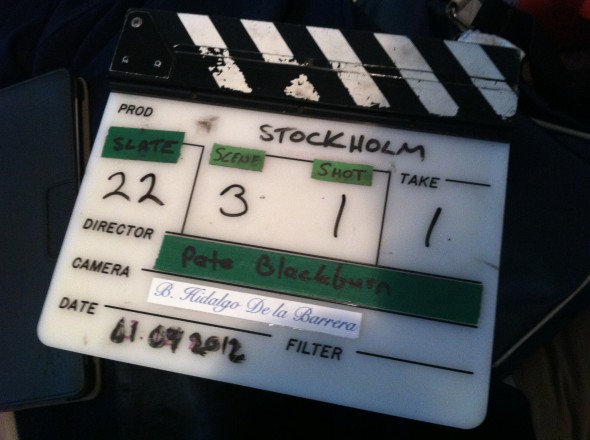
STOCKHOLM explores three brief moments in the lives of two couples, all close friends. The film’s title references the syndrome in which captives begin to feel empathy, even love, for their captors. So too, the film’s characters hide emotional and psychological damage that unites them to partners – partners who, in many ways, hold them hostage to their dysfunctional behaviour. As the film opens, Nicole and Craig have discovered they are pregnant with their first child. They invite their close friends Andy and Fiona over for a celebratory dinner to announce the good news. The dinner party offers usual banter of middle-class, white-collar professionals but with an undercurrent of innuendo, power games and suspicions. Developing the short was very much a collaborative, improvised process inspired by the work of Mike Leigh. The results are that the scenes are not scripted, but rather derived from a process of distilled improvisation, where intention, motivation and scenario drive the actors to always surprising moments and interactions, which supports highly naturalistic dialogue and behaviours.
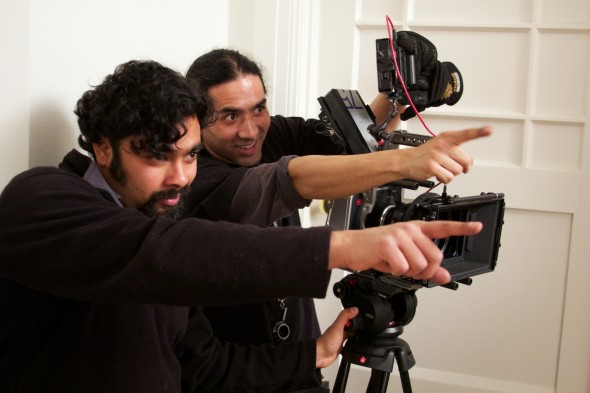
The film is very dark, and quite full on – and to be honest, it’s not really something LateNite would normally tackle (generally speaking all of our films are quite positive, quirky and funny), but the script is extremely powerful and challenging – and the cast that Peter put together are just amazing. It features Emily O’Brien Brown (from Hannah & The Hasbian), and Lee Beckhurst (from Fallout & One Flu North) who are both long time LateNite collaborators – and are incredibly talented young actors (and always an absolute joy to work with!). They were joined by two new-comers (although not strangers!) to LateNite, Lelda Kapsis and Charlie Cousins.
To shoot this particular short – we decided to call upon a very long term collaborator and great friend of LateNite to shoot the film – the unquestionably talented and unstoppable Benjamin Hidalgo De la Barrera. Ben has shot many of our short films and videos clips in the past – and it’s always an absolute extreme pleasure to work with him. We’ve also thrown poor Ben in the deep end plenty of times before – we shot the SAKOOZ trailer on the RED ONE, when it had only been in Australia for a few weeks and was very much a “beta” product (with all kinds of workflow quirks!). We shot with the Canon 5D when it was only weeks old – back before it offered 25fps recording – so he’s used to a challenge!
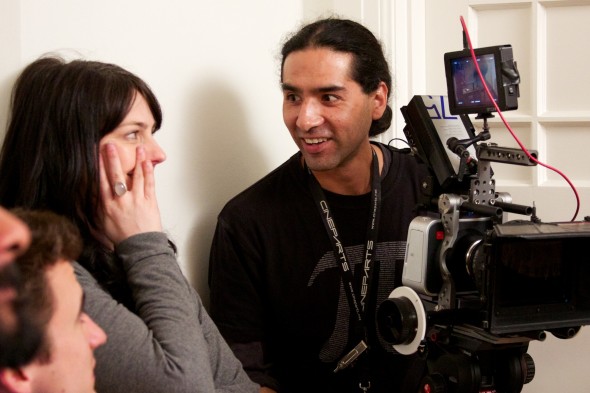
We originally planned to shoot this film on a Canon 7D – because that’s all we had lying around at the time, but whilst we were dropping back a EPIC we borrowed from our good friends at Inspiration Studios earlier in the week (stay tuned for Michael Shanks next YouTube video, which is currently in post!), Cail Young mentioned that Australian cinematographer John Brawley has lent them his pre-release Blackmagic Cinema Camera so that they could do some workflow tests, and if we wanted to have a play with the camera we were more than welcome to. And so, as you can imagine, we jumped at the opportunity, and Cail brought along the camera for us to use for the shoot to see how the camera actually performs in the “real world”.
We want to give a MASSIVE THANK YOU to John for being so supportive, and allowing us to use his baby for the weekend – and also to Cail and the team at Inspiration Studios for organising all the camera gear, and making sure all our post workflows were in place to handle the masses of data.
This shoot was very much run and gun – we didn’t really have time to do any camera tests, we basically got the camera on set, recorded a single clip to make sure that the two SanDisk 240GB Extreme SSDs we bought the day before actually worked, and then started shooting. We just had to assume the camera would work – and luckily it performed perfectly.
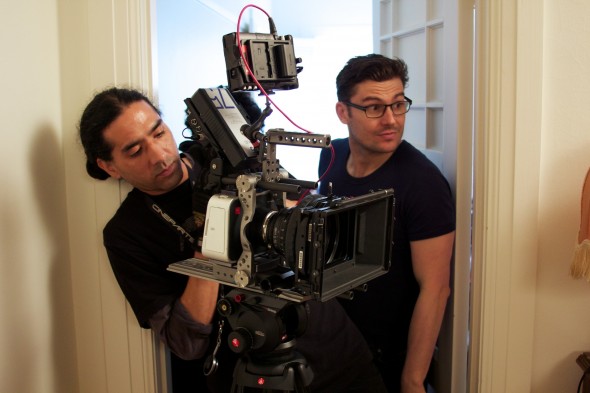
To summarise what gear we had, here’s a direct quote from Cail Young from Inspiration Studios:
We received the BMCC from John Brawley with a full rig, including an Alphatron EVF and a Bebob prototype cage for the camera, as well as a Bright Tangerine ‘Strummer’ mattebox. We kept the Bebob cage on as it was a very solid way of working with the camera in a professional production environment, giving you a proper top handle, Arri-compatible dovetail on the bottom, and threaded holes everywhere for accessories. After some evaluation at our facility, we decided to swap out our Arri MMB-1 mattebox for the Bright Tangerine as the Bright Tangerine was a demo unit without flaps and we couldn’t fit anything we had to it. We also provided an Arri FF-5 Cine followfocus and a SmallHD DP6-SDI for onboard monitoring in addition to the rear touchscreen.
On the whole, it’s no more difficult to build into a camera that will be comfortable to professional DPs and assistants than any DSLR, or even the Epic to be honest – but that isn’t exactly a compliment. The major issue that I see with the physicality of the camera is that all the connectors are on the left hand side, traditionally the ‘operator side’ – which means if you put this thing on your shoulder you will have cables in your face. At least unlike the DSLRs you have full professional I/O on board – HDSDI and balanced analogue audio. If Blackmagic had seen fit to mirror-image the internals of the camera so that the SSD port was on the left and the other ports on the right then they might have dodged this particular bullet.
Much has been made of the internal, non-removable battery – but from our perspective it’s trivial to mount a V-lock or other professional battery plate and run the camera from that. Two 75Wh batteries and a single charger were more than enough to keep the camera going all day.
The only major software issue I could see (and perhaps this has been fixed in the shipping firmware) is that there is no indicator of how much media you have used – there is only a status readout that tells you when the drive is “nearly full”, with no further information available. A smaller issue is that the audio controls do not have any visible meters – which makes it very hard to line up an external mixer.
From a rental house perspective, at least for us, this is not a camera we will be carrying, as the price point puts it firmly in the owner-operator bracket – but it would be a good investment for anyone looking for an image quality improvement from the 5D and similar cameras.
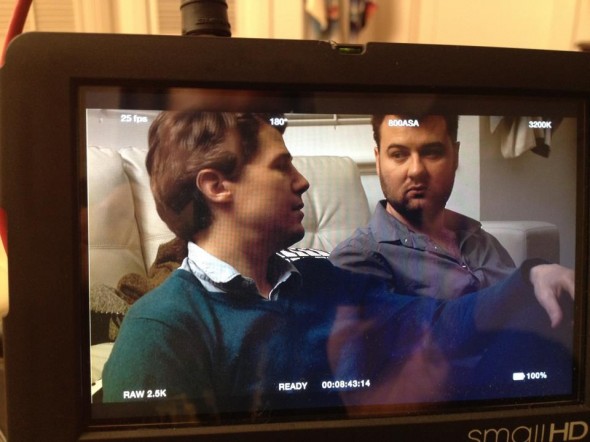
To give you another perspective, here’s Benjamin Hidalgo’s feedback after using the camera for two days:
- I found the interface very user-friendly, very simple menu, easy to use.
- You can only select set white balance temperatures, would be nice to be able to punch in a desired temperature rather than the presets it already has.
- Tried using the focus assist on the camera, but overall it wasn’t very useful.
- I did not have time to shoot tests previously, so I rated it at 800 ISO (manufacturer’s rating), noticed over all noise in low and high lights, but considerably more on blacks. I was able to maintain a base stop of T4 and underexposed everything one stop, I did not find the camera’s screen very reliable as far as exposures is concerned, worked off a on-board Small HD monitor and the rolling shutter is very noticeable when panning and tilting causing severe aberration.
- One thing I must mention is it’s dynamic range, manufacturer states it’s 13 stops, as I said I didn’t have time to shoot tests, but i did expose using it’s full latitude, can’t wait to jump on that grade!
- Another issue I encountered was lenses, due to the size of the sensor, and the nature of the space I was shooting in, I had to use wide lenses, 18mm for wide shots, and 25mm for MCU’s. We had a Compact Prime CP.2 Lense kit for the shoot, supplied by Inspiration Studios.
- Overall I like the camera, it was easy working with it, I do feel that this camera isn’t designed for cinematographers and what we do, but rather it is designed to compete with cameras such as the Canon 5D. Having that in mind this is an awesome camera, being able to shoot 2.5 RAW for that price is impressive. Would be nice if it had a bigger sensor though.
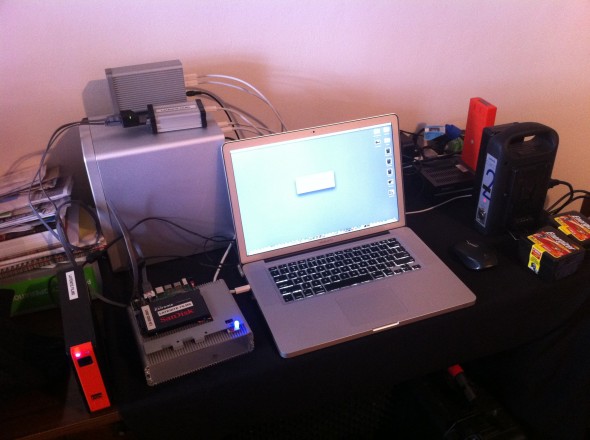
We only had two SanDisk 240GB Extreme SSDs on set, so we had to dump footage throughout the day. We used a MacBook Pro (15-inch, Late 2011, Model 8,2, OS X 10.8, 2.5GHz Intel Core i7, 8GB RAM, AMD Radeon HD 6770M 1024MB, Apple SSD TS256C) as the data wrangling machine – hooked up to a Promise Pegasus R6 Thunderbolt RAID (I get about 505.2 MB/s write and 481.5 MB/s read), a 2TB Thunderbolt LaCie Little Big Disk (I get about 72.9 MB/s write and 43.7 MB/s read), and a SONNET Express/34 Thunderbolt Adapter with an eSATA Card. Connected to the eSATA card was a Lacie enclosure that was taken apart so that I could use it as a make-shift docking station, and a super cheap Welland Ezstor tool-free SATA Enclosure. Using ShotPut Pro, I copied media from the SSD in the Lacie enclosure to the Thunderbolt Lacie and Thunderbolt Pegasus. Once all the data was copied to the drives, and double checked using “Get Info” – I formatted the SanDisk SSD using Disk Utility and handed it back to the Camera Assistant. I then copied the files from the Pegasus to the SATA Enclosure, which contained a 2TB SATA drive as a 3rd backup (which is stored at another location than the main Thunderbolt drives). Sometime within the next week or so, we’ll move the files from the Thunderbolt Lacie to an LTO5 for archiving purposes. Everything went really smooth in terms of data wrangling – we just dumped a card when it was full, except towards the end of each day, when we started dumping more often to ensure that we only have a few shots to do by the time we wrapped – so no one had to wait around at the end of the day waiting for things to copy. It took about 40 minutes to dump a SSD to the two Thunderbolt drives.
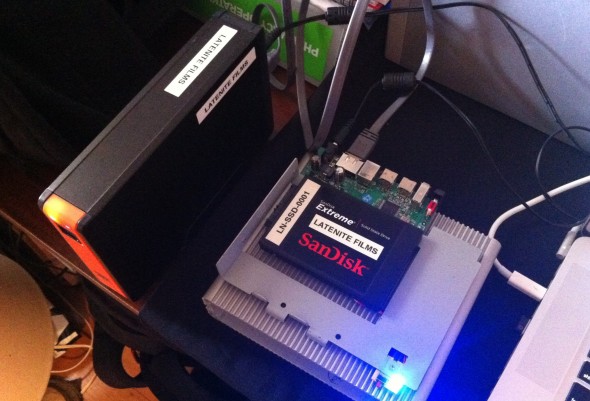
As a general guide when shooting DNG, the files sizes are about 5MB per frame. We ended up with 1.33 TB of footage from the two day shoot – which equals 2 hours, 56 minutes, 23 seconds and 24 frames worth of footage. To keep file sizes down, we were very strict about when we started rolling the camera – and buttoned on just before slating, and buttoned off straight after the director called cut.
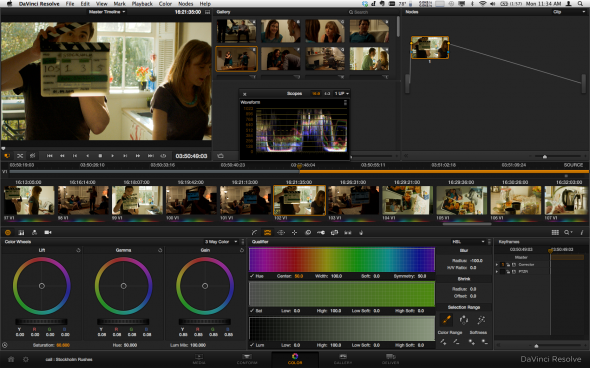
Once the shoot was over, we used DaVinci Resolve 9 Beta 3 to convert the DNG files to ProRes LT so that we can offline in Adobe Premiere CS6 (on a side note – this will be our first proper short film we’re cutting in Premiere – wish us luck!). We did have some issues getting Resolve to render things out in bulk – and we also noticed that we were getting faster renders on our MacBook Pro than our iMac (which is just plain odd) – but generally speaking everything worked fairly well. We ended up just doing a straight export out of Resolve, without applying any colour correction – although Cail at Inspiration did do his own one-light pass of everything for their own internal workflow tests, just to see how everything worked (the screenshot above is from Cail). After converting everything to ProRes LT – we ended up with 111.08 GB of ProRes LT transcodes.
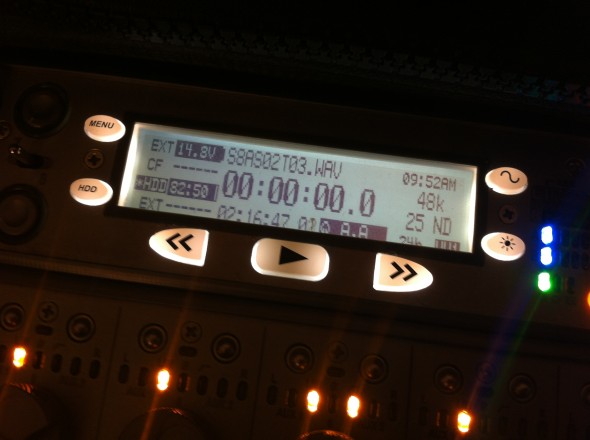
One of the things I really wanted to test out, but didn’t get a chance was to try and record timecode to one of the audio tracks on the camera. Unfortunately there was just not enough time to do tests, so in the end we just went with a really traditional split system audio recording. We hired a Sound Devices 788T from our good friends Soundequip – which is a beautiful piece of machinery – in fact if it wasn’t so expensive, I’d buy one today. We used four Sennheiser wireless lapels on our four cast (using a mishmash of all kinds of different lapel microphones), a Rode NT3 at the primary microphone (people often laugh when I tell them I use that on a boom – but it actually sounds really nice to my ear!) and an Sennheiser ME66 for scenes where I couldn’t get the NT3 in close. Shooting something near the city with traffic noise in the background, planes flying overhead constantly, and trains going past on a regular basis is never easy – and shooting in a town house also add’s to the problems, as the sound generally bounces everywhere – but hopefully we got some half-decent audio!
We haven’t started cutting the footage together yet (that’s tomorrow’s mission!) – nor have we had a proper play at grading the footage. We’re planning to do a proper grade in Resolve though, and see what results we can get out of the camera.
However, because we’re nice guys – we are going to give you a few DNG frames to have a play with, so that you can come up with your own looks in Resolve. What would be really cool is if you post any grades you come up with on the Blackmagic Forums. You can download all of the below images as DNG files here.
No grading has been applied to the below images – all I’ve done is simply open them up in Photoshop, and saved them out as JPEGs.
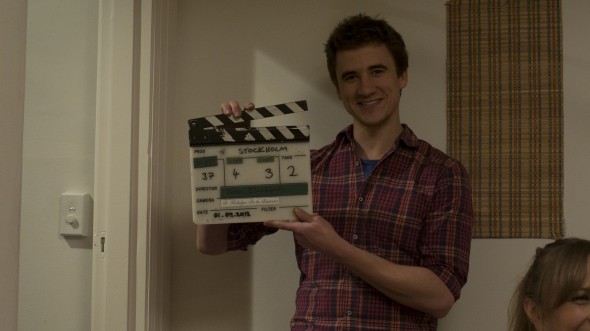
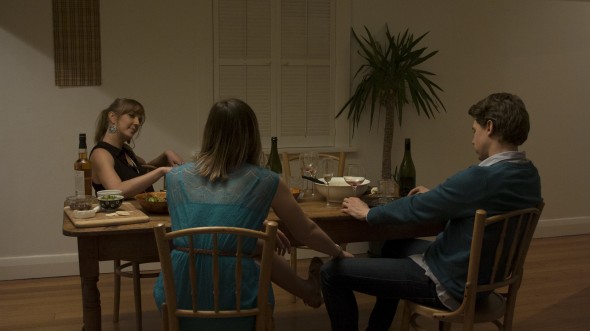
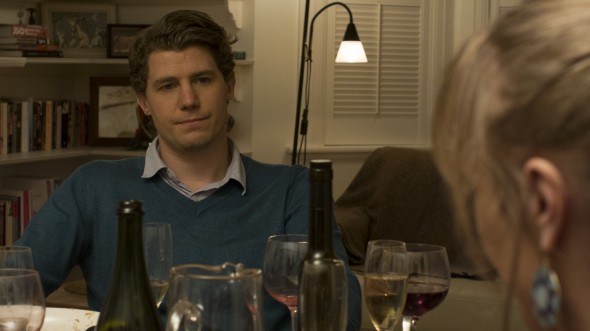
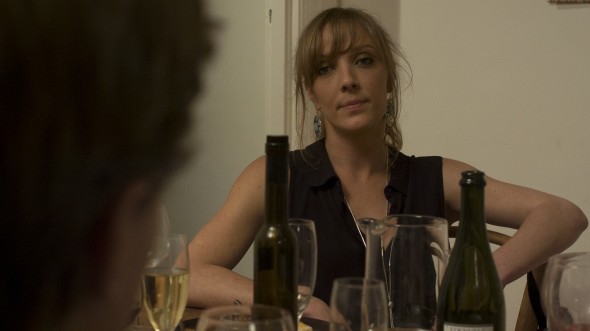
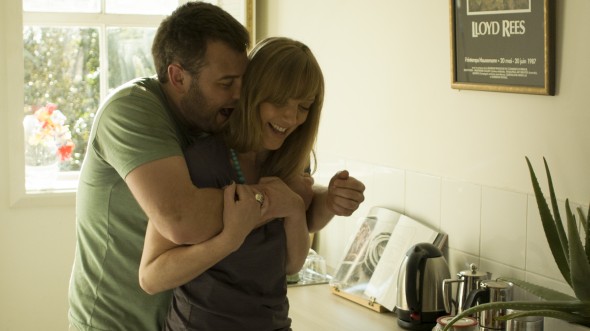

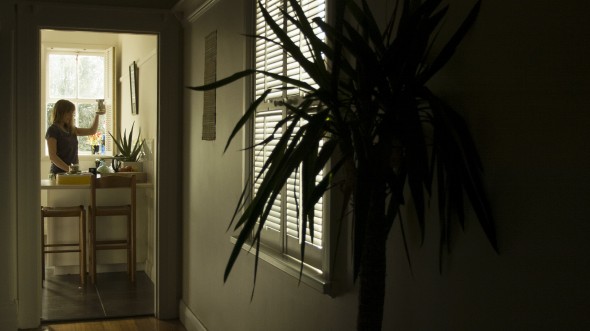
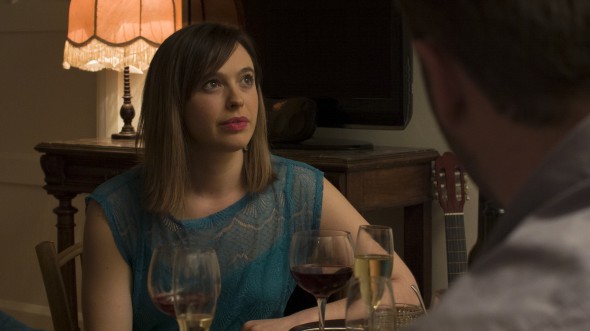
Before I wrap things up, I just wanted to discuss a few things that have been discussed in length on Twitter, Facebook and on the Blackmagic Forums. Personally – I don’t think the internal battery is a problem in the slightest – in fact I actually like the idea of having an internal battery in there, as it allows you to do external battery changes without having to power down. The Blackmagic Cinema Camera is kind of like a giant iPhone – and personally, I have no problem with the battery in my iPhone 4. We were using two external batteries for this particular shoot, and we never had any issues – however, I’m told you can get about 90 minutes of live out of the internal battery once it’s fully charged. Given that there are heaps of manufacturers already shipping external battery solutions – I think the lack of an interchangeable battery is a non-issue.
Another big complaint is that you currently cannot format SSD’s from the camera, nor can you delete clips from the camera. Personally – I actually like this. The camera in it’s current form is very limited – but that’s what makes it so simple and easy to use. I like the idea of giving a DOP a camera, and just saying “go and shoot”, and then a DIT deals with all the “data management” later down the line. As Cail mentioned – the lack of visual audio levels is a pain though, and something that hopefully will be addressed soon. I also agree with Ben in that having more white balance options would be handy (even though you can adjust this later down if you shoot DNG).
There have also been lots of complaints about the lack of DNxHD support in the current shipping release of the software – but as Avid can support ProRes natively via AMA anyway – it’s not really an issue. Personally – as someone who has a day job in Post Production – I really like this camera. It’s simple, easy-to-use, and because of it’s RAW capability, it’s extremely powerful when the time comes to grade the footage. Anyone who has used RED, is used to having to transcode their rushes prior to an offline – so transcoding your DNG’s to ProRes/DNxHD isn’t really a problem. Blackmagic publicly stated though, that DNxHD encoding is not too far away.
One thing I do wish though,is that they would have added the ability to easily record external timecode to the camera. Hopefully they will be able to do this in a later firmware release, using the audio jack inputs. Really though – until that happens, you can always just record the timecode to the audio track, just like we currently do on DSLRs.
Hopefully this information has been helpful. There is already a HEAP of other great blog posts and articles out there talking about the camera in detail – but I thought it would be interesting offering up an opinion from people who literally just went out there and shot something with the camera without any real prior planning or testing. It’s true – if we did proper testing prior to the shoot, we probably would have made some different decisions in regards to how we rated the camera in regards to ISO – but that just goes with the territory of no-budget, run-and-gun shoots.
As always, if you have any questions, or if any of the above is unclear – please feel free to leave a message in the comments below, as we would be MORE than happy to answer any questions you have.
Again… We want to give a MASSIVE THANK YOU to John for being so supportive, and allowing us to use his baby for the weekend – and also to Cail and the team at Inspiration Studios for all of their constant help and support. Filmmaking is all about teamwork, and building relationships with like-minded people you can really trust – and the main reason we like to hire gear and get advice from the team at Inspiration is because not only do they have and maintain really great gear – but they spend almost every waking hour researching this tech, and making sure they stay on top of all the latest technology, so that they can help people tell stories with beautiful images. It goes without saying – but all this tech is really irrelevant if you don’t have a good story to shoot. Like I said, our original plan was to just shoot this particular short with a Canon DSLR – but got lucky. At the end of the day it’s not just about the cameras – it’s about the whole package – direction, acting, sound and art department. Having the best camera in the world won’t save a shitty script. However, if you’ve got a great script, then having a decent camera will definitely help!
Onwards & Upwards!
Best Regards, Chris!
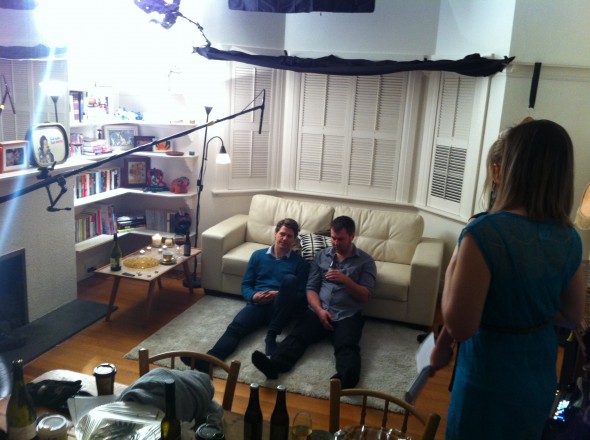
CAST:
Nicole – Emily O’Brien Brown
Craig – Lee Beckhurst
Fiona – Lelda Kapsis
Andy – Charlie Cousins
CREW:
Director – Peter Blackburn
Producer – Nicholas Colla
Cinematographer – Benjamin Hidalgo De la Barrera
Camera Guru – Cail Young
Camera Assistant – Elvis Pramod
Sound Recordist – Chris Hocking
Art Department – Sharon Davis
Production Assistant – Kirstie Amarant